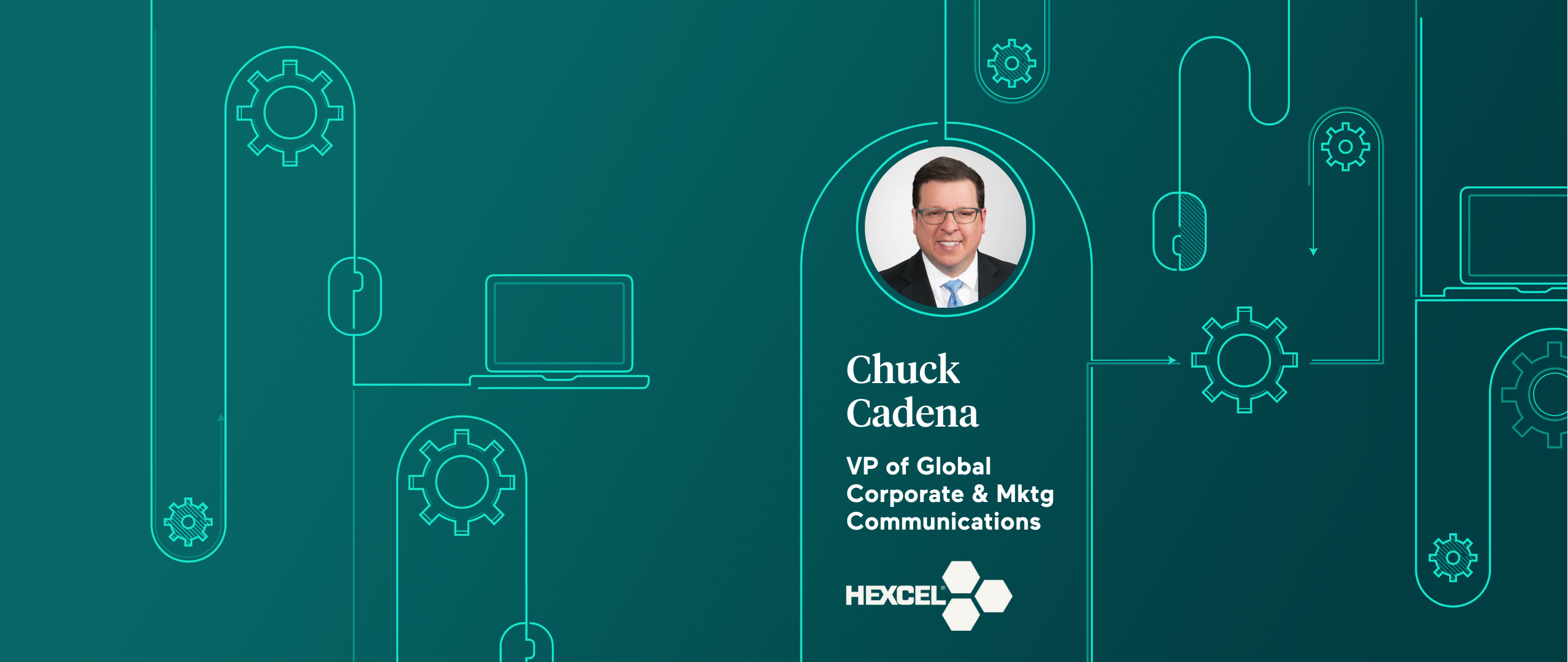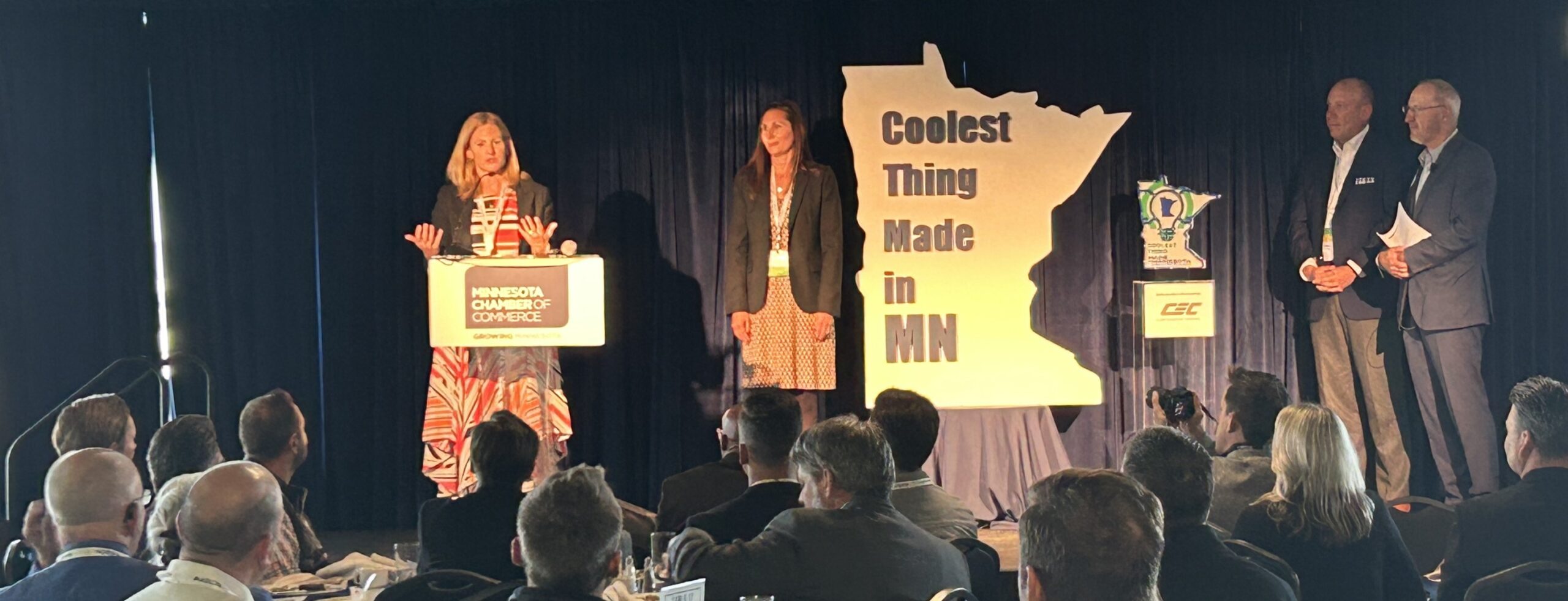Becoming an industry leader is not only the result of innovations in research and development, and sustainable sales growth, but also of building and maintaining a strong brand and customer loyalty through the ups and, more so, the downs. Besides being three of the largest conglomerate companies in the world, GE, Siemens and IBM continue to rank as top B2B brands year after year. Dig through any B2B marketing blog, conference or awards program, and you’re bound to see countless examples from these three giants.
So, what’s in their secret sauce? What is the underlying commonality that ties their success together and makes them stand out? Even more so, what can the “average” manufacturing marketer do to be more like them?
Some traditional marketers would be quick to point to high marketing budgets or large marketing teams, but even GE has a “small, but mighty” team of 25 people. Read case studies and examples from GE, Siemens and IBM, and you’ll find they didn’t become iconic brands by hiring big teams or by implementing expensive marketing technology. Rather it’s been executed by sharing a fundamental philosophy on B2B marketing and content that’s made a lasting impact. Here are the three key marketing principles the three brands have in common:
Business-to-business communication is human-to-human communication.
Whether you’re selling ketchup to the masses, or a semiconductor to an electrical engineer, in the end it’s still a person selling to another person. We are emotional beings that want to be entertained, have human connection and succeed in our jobs. GE, Siemens and IBM, although mostly in B2B markets, know the buyer is a human and therefore not only inform, but surprise, delight and inspire their target audiences.
Look no further than the company taglines to find language directly connected to the human experience and not to product features and benefits.
IBM: Think different – The tagline inspires the audience to be unique and applauds transformational leadership.
Siemens: Ingenuity for life – The tagline speaks to Siemens’ larger mission in improving overall quality of life for society through innovation and the entrepreneurial spirit.
GE: Imagination at work – This stems from the company’s original founder, Thomas Edison, who not only invented the lightbulb, but put in the sweat to make mass production a reality. The tagline is representative of innovation, and the hard work and determination it takes to bring imaginative ideas to life.
The manufacturing marketer’s takeaway: Assess if your brand and related campaigns evoke emotion or if they tend to be rational in nature. Challenge yourself by moving toward emotional marketing.
Compelling storytelling drives action.
A key element of human-to-human communication is storytelling. Stories have been a part of human nature since the dawn of time, and GE, Siemens and IBM have applied that power in their B2B marketing strategy and initiatives.
GE has mastered the art of telling stories to connect with engineers, and science and technology enthusiasts. It takes what one might think is a boring, dry topic – like super alloys used to build jet engines – and showcases the product’s capabilities in a creative way – a video demonstrating its strength and heat deflection by pouring 2,000-degree molten metal over a vessel made of the material, encapsulating a snowball: Watch a snowball’s chance in hell.
Another example from GE is its six-part documentary series in partnership with National Geographic TV about scientific breakthroughs from GE’s Global Research Center.
Sure, it would have been easier to develop a spec sheet to communicate the properties of its jet engine super alloy or publish a brochure on the Research Center’s capabilities, but instead GE seized these opportunities to tell captivating stories.
Siemens’ “A Day in the Life” video series profiles company employees all over the world and essentially illustrates a day in the life working at Siemens. It humanizes the brand by leveraging its best brand ambassadors, its employees, to tell their stories and show why Siemens is a great company to work for.
IBM is going as far as to hire screenwriters to enhance its storytelling chops. The CMO of Watson Customer Engagement, Maria Winans told Ad Age, “These folks will help IBM engage specific audiences in a very different manner than we’ve done before. Working with the rest of our marketing team, the storytellers will help us translate some of our broader themes down to a very compelling and ideally, personalized conversation.”
The manufacturing marketer’s takeaway: Don’t let budgets or “it’s what we’ve always done”-thinking stymie your creativity. A few well told stories, aligned with your resources, are not only more effective at attracting attention, but they’re also a lot more fun to work on. Identify one project and give yourself permission to have some fun and try something different.
It’s always worth investing in the brand.
Without knowing their marketing budgets, it’s safe to say that GE, Siemens and IBM invest in developing and building their brands. And not just with advertising dollars.
For GE, that means targeting an audience that may fall outside of the prospective buyer pool. It has a target segment of science and technology enthusiasts, including kids that will shape its future. Will GE see the return on that investment in the near future? Probably not. But will it build brand affinity and super fans who someday will be decision makers? Yes.
For Siemens, investing in the brand is about demonstrating sustainability and corporate social responsibility. An example is the Crystal, one of the most sustainable buildings in the world, part of a sustainable cities initiative, which houses an exhibition on the future of cities. It not only showcases Siemens’ technology and expertise, but also serves the community as a sustainable educational space.
And for IBM, it means reinventing itself as the market changes and embodying the brand positioning through the overall company, from the content and creative to product offerings and business strategy. Once known for manufacturing computer hardware, it is now known for cloud computing and artificial intelligence, because it has been able to comprehensively reinvent the company and culture.
The manufacturing marketer’s takeaway: No matter how close your organization is to being one of these three manufacturing powerhouses, even small brand-building projects, such as a voice-of-customer messaging exercise or a customer journey mapping project, will make a difference over time. Jump on every opportunity you can get to invest in building the brand.
What’s stopping you from being the next GE, Siemens or IBM of your industry? Let us help you humanize your communications and tell your story in a compelling way to build an unforgettable brand.



